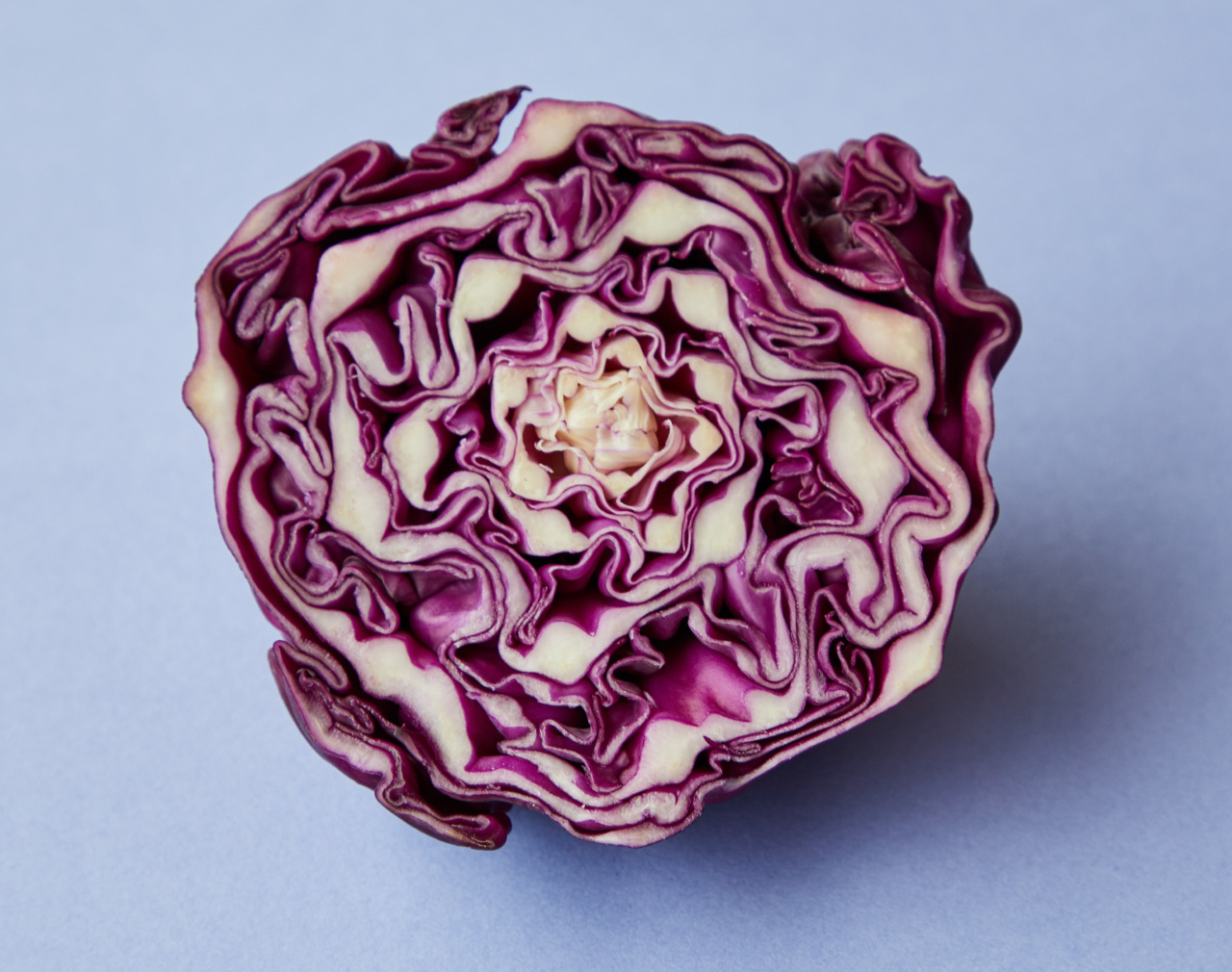Sweets and desserts are often the guilty pleasure of many people. However, indulging in too much sugar can have detrimental effects on our health and well-being.
If you’re looking to curb your sweet tooth but still satisfy your cravings, incorporating more vegetables into your diet can be a game-changer. Not only are vegetables low in calories and high in nutrients, but they can also add natural sweetness and texture to your meals and snacks.
In this article, we will explore some ingenious ways to cut down on sweets by incorporating vegetables into your diet.
1. Swap Out Sugar with Sweet Vegetables
One of the most effective ways to cut down on sweets is by replacing refined sugar with naturally sweet vegetables.
Vegetables like carrots, sweet potatoes, and beets are not only packed with essential nutrients but also have a natural sweetness that can satisfy your cravings. Incorporate these vegetables into your diet by making roasted sweet potato fries, carrot-based desserts like cakes or muffins, or even adding beets to your smoothies for a natural sweetness.
2. Incorporate Zucchini in Baked Goods
Zucchini is an incredibly versatile vegetable that can be used in a variety of ways, and one of its lesser-known applications is in baked goods.
By shredding zucchini and incorporating it into recipes like bread, muffins, or brownies, you can add moisture and sweetness without having to rely heavily on sugar or oil. Zucchini-based desserts are a great way to sneak in some extra vegetables while still indulging in your favorite treats.
3. Make Vegetable-Infused Smoothies
Smoothies are a popular choice for breakfast or snacks, and they offer a perfect opportunity to infuse vegetables into your diet.
While fruits are often the star of smoothies, you can add vegetables like spinach, kale, or cucumber to the mix for an extra serving of nutrients. By blending vegetables with fruits and adding a liquid base like coconut water or almond milk, you can create delicious and nutritious smoothies that will help cut down your sweet cravings.
4. Spiralize Vegetables for Pasta Alternatives
Pasta dishes are often associated with indulgence and comfort, but they can also be heavy in calories and simple carbohydrates. To cut down on excess sugar in your diet, opt for vegetable alternatives to traditional pasta.
By spiralizing vegetables like zucchini, carrots, or butternut squash, you can create delicious noodle substitutes that are low in calories and high in fiber. Pair them with your favorite sauce and toppings, and you’ll have a satisfying meal without the sugar overload.
5. Experiment with Vegetable Dessert Recipes
When it comes to desserts, vegetables may not be the first thing that comes to mind. However, many cuisines around the world have been incorporating vegetables into dessert recipes for centuries.
For example, carrot cake, zucchini bread, or beet brownies can be incredibly delicious and nutritious alternatives to traditional sweets. Experiment with these vegetable-based dessert recipes and surprise yourself with the natural sweetness and unique flavors they offer.
6. Grill or Roast Vegetables for Caramelization
Grilling or roasting vegetables brings out their natural sweetness due to the caramelization process.
By cooking vegetables like bell peppers, onions, or sweet potatoes on high heat, you can create a depth of flavor and sweetness that may satisfy your cravings for sugary foods. These caramelized vegetables can be enjoyed as a tasty side dish, added to salads, or even used in savory-sweet combinations, like roasted sweet potato and black bean tacos.
7. Create Vegetable-Based Dips and Spreads
Dips and spreads are popular accompaniments for snacks, but they can often be loaded with hidden sugars. Instead of reaching for sugary options, create your own vegetable-based dips and spreads.
For example, mashed avocado makes a delicious and creamy alternative to sugary spreads like Nutella or peanut butter. Additionally, incorporating roasted beets or carrots into hummus can add natural sweetness and vibrant color to your snack time.
8. Snack on Vegetables with Natural Sweetness
When craving a sweet snack, reach for vegetables that offer natural sweetness. Vegetables like cherry tomatoes, bell peppers, or sugar snap peas can provide the satisfaction of crunch and sweetness without the added sugars of traditional snacks.
These veggies are not only low in calories but also packed with essential vitamins, minerals, and antioxidants that promote overall health.
9. Replace Sweeteners with Vegetable Purees
Refined sugar, honey, or maple syrup are often used as sweeteners in a variety of recipes. However, you can easily replace these sweeteners with vegetable purees.
For example, pureed pumpkin or squash can add natural sweetness and moisture to baked goods, while pureed dates can serve as a natural sweetener for energy balls or bars. By using vegetable purees, you can reduce your intake of added sugars and still enjoy delicious and satisfying treats.
10. Train Your Taste Buds
Lastly, cutting down on sweets and incorporating more vegetables into your diet is not just about finding alternative options. It’s also about training your taste buds to appreciate the natural flavors and sweetness of vegetables.
Over time, as you reduce your consumption of sugary foods, your taste buds will become more sensitive to natural sweetness. This will make vegetables taste even better and help you kick the habit of relying on sweets for satisfaction.





























